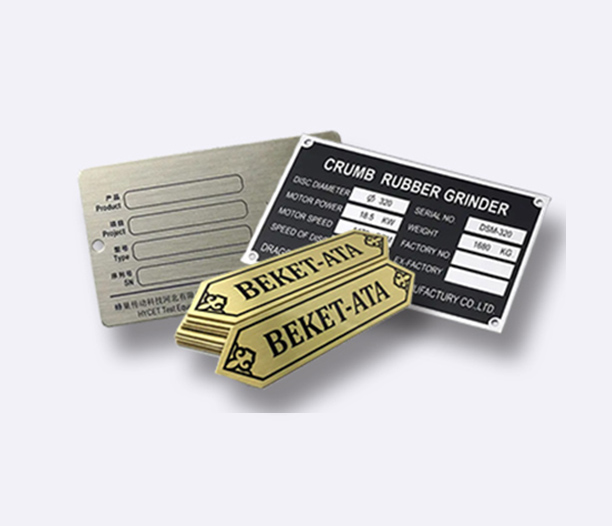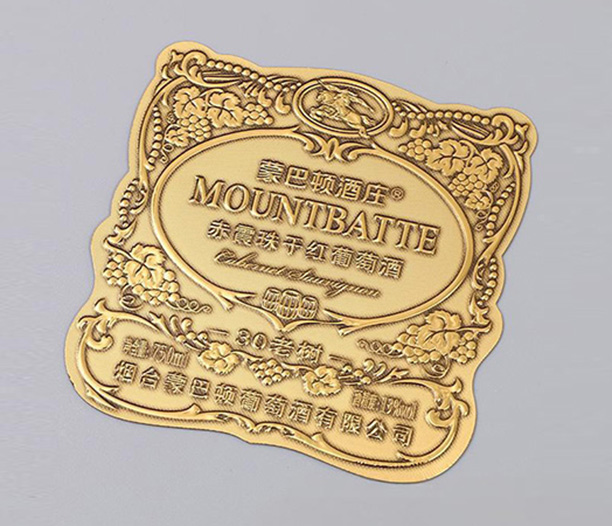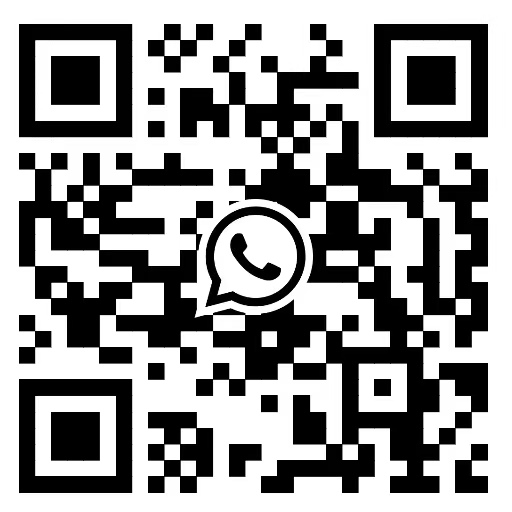Knowing how to use a fire extinguisher before an emergency is vital. But have you ever really looked at the label? That small panel holds a wealth of critical information designed for quick comprehension under stress. Understanding fire extinguisher labels explained isn't just helpful – it can be life-saving. This guide breaks down the 7 essential elements you must understand.
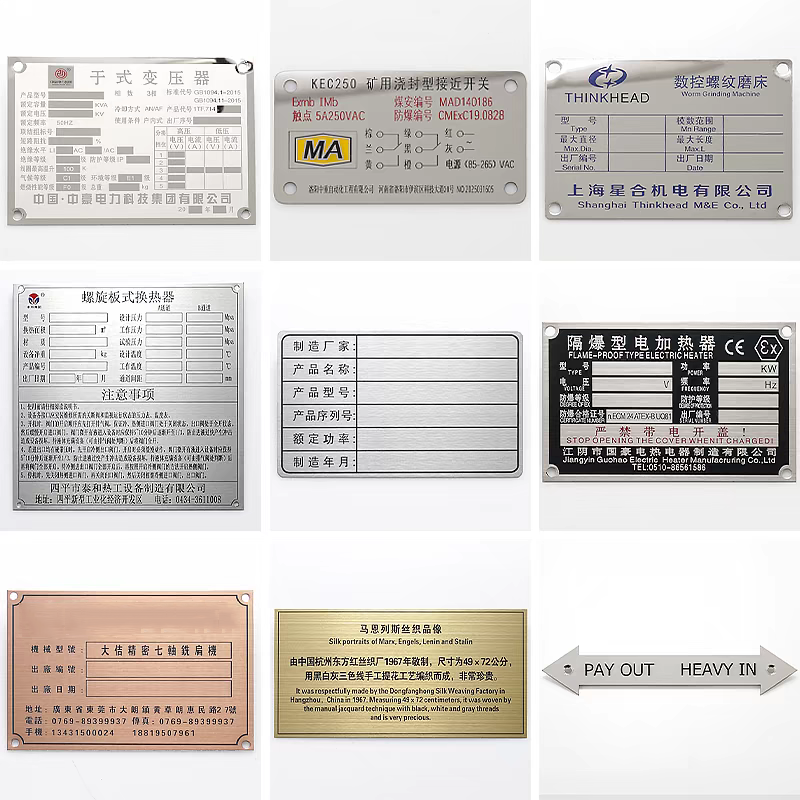
Why Understanding Fire Extinguisher Labels is Non-Negotiable
Fire extinguishers are your first line of defense against small, contained fires. However, using the wrong type on a fire can be disastrous – spreading flames, causing explosions, or endangering lives. The label is your instant reference guide. It tells you what fires the extinguisher fights, how to operate it, crucial warnings, and its maintenance status. Ignoring this information significantly increases risk during an emergency. Properly understanding fire extinguisher labels explained empowers you to act swiftly and correctly.
1. The Fire Class Rating System (The Alphabet Key)
This is the most critical section on any extinguisher label. It uses standard letters (A, B, C, D, K) to instantly indicate the types of fires the extinguisher is designed to combat. Getting this wrong can have catastrophic consequences.
Class A (Green Triangle): Fires involving ordinary combustibles like wood, paper, cloth, rubber, and many plastics. The number preceding the "A" (e.g., 3-A) indicates the extinguishing potential relative to water. A 4-A extinguisher puts out roughly twice as much Class A fire as a 2-A.
Class B (Red Square): Fires involving flammable or combustible liquids, gases, greases, oils, tars, oil-based paints, solvents, and lacquers. The number (e.g., 20-B) indicates the approximate square footage of a deep-layer flammable liquid fire the extinguisher can handle.
Class C (Blue Circle): Fires involving energized electrical equipment (appliances, wiring, circuit breakers, outlets). This rating signifies the extinguishing agent is non-conductive and safe for electrical fires. Crucially, the "C" rating does not have a number; it simply indicates suitability. Once the electricity is de-energized, the fire often becomes Class A or B.
Class D (Yellow Decagon/Star): Fires involving combustible metals like magnesium, titanium, zirconium, sodium, lithium, and potassium. These require special, dry powder agents specifically designed for the particular metal. Labels will usually specify the metals it's effective against. Class D extinguishers have no number rating.
Class K (Black Hexagon): Fires involving cooking oils and fats commonly found in commercial kitchens (vegetable oils, animal fats). These high-temperature fires require specialized wet chemical agents that cool the fire and create a soapy layer (saponification) to prevent re-ignition.
Multi-Class Ratings: Most common extinguishers are rated for multiple classes (e.g., A-B-C, B-C, K). The label clearly lists all applicable classes. Fire extinguisher labels explained always emphasize checking this section first to match the extinguisher to the potential fire hazard.
2. Pictograms and Symbols (The Visual Language)
Complementing the letter ratings, standardized pictograms provide an immediate visual cue about the extinguisher's suitability and operation. These are crucial for quick understanding, especially in noisy or chaotic environments or for individuals less familiar with the letter codes.
Class Pictograms: Icons representing each fire class (e.g., a trash can and wood for A, a gasoline can for B, an electrical plug and spark for C, a burning gear for D, a frying pan on fire for K) are displayed near their corresponding letter rating.
Operation Symbols: Simple graphics showing the PASS technique (Pull, Aim, Squeeze, Sweep – covered next). These might show a hand pulling a pin, an arrow pointing at a fire base, a hand squeezing a lever, and a sweeping motion.
Directional Arrows: Clearly indicating where to point the nozzle or horn.
Safety Symbols: Warnings like "Stand Back," "Test Discharge," or symbols indicating the extinguisher is not suitable for certain classes (often with a red circle and slash).
Material Safety Symbols: Occasionally, symbols indicating hazards associated with the agent itself (e.g., frostbite warning for CO2 extinguishers).
These visuals are a core part of fire extinguisher labels explained, providing universal understanding that transcends language barriers.
3. Operating Instructions (The PASS Technique Demystified)
Clear, concise operating instructions are paramount. Most labels prominently feature the PASS technique, the universal method for using a portable fire extinguisher:
PULL the pin: Break the tamper seal and remove the locking pin. This unlocks the operating lever.
AIM low: Point the nozzle, horn, or hose at the base of the fire. Never aim at the flames themselves.
SQUEEZE the lever: This discharges the extinguishing agent. Release the lever to stop the discharge.
SWEEP from side to side: Moving carefully, sweep the nozzle across the base of the fire until it appears out. Watch the area for re-ignition.
Labels often include brief text reinforcing these steps alongside pictograms. Some may include specific notes like "Stand 6-8 feet back" (especially for CO2) or "Approach fire with wind at your back." Fire extinguisher labels explained stress the importance of familiarizing yourself with PASS before an emergency occurs.
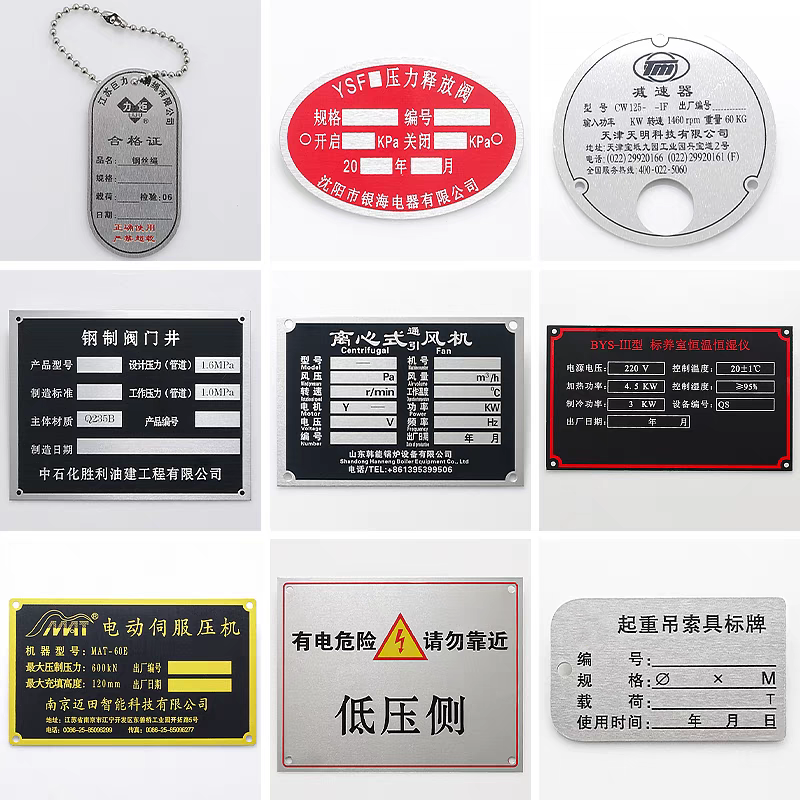
4. Inspection, Maintenance & Recharge Tags (The Health Record)
Affixed to the extinguisher (often hung on the handle or a side bracket) is a tag documenting its service history. This is not part of the UL/FM label itself but is critically important information mandated by safety codes (like NFPA 10).
Monthly Inspection Tags: Facility personnel typically perform visual checks monthly. The tag records the date of each inspection and the inspector's initials. Checks include verifying the extinguisher is in its designated place, unobstructed, the pressure gauge is in the green, the pin and seal are intact, and there's no obvious physical damage or corrosion.
Maintenance/Service Tags: Performed annually by a certified technician, this involves a thorough examination, internal inspection (for some types), and necessary maintenance. The tag records the service date, the technician's information, and the next due date.
Recharge Tags: After any use (even partial) or during maintenance requiring depressurization, the extinguisher must be recharged. The tag records the recharge date and agent weight/type if applicable.
Hydrostatic Test Date: Extinguisher cylinders require pressure testing periodically (usually every 5 or 12 years depending on type). The test date is stamped on the cylinder itself near the valve or recorded on the service tag.
Fire extinguisher labels explained must include this vital context: an extinguisher without a current inspection tag or past its hydro test date cannot be relied upon and may be unsafe to use. Always check the tag!
5. Manufacturer Information & Certification Marks (The Seal of Approval)
The label identifies the manufacturer and provides key details about the extinguisher's construction and compliance.
Manufacturer Name & Contact: Essential for recalls, service information, or reporting issues.
Model Number/Name: Identifies the specific extinguisher design.
Serial Number: Unique identifier for that specific unit.
Certification Marks: Look for marks from recognized testing laboratories like:
UL (Underwriters Laboratories): The most common mark in North America (e.g., "UL Listed" or "UL 711 Rating").
ULC (Underwriters' Laboratories of Canada): Canadian equivalent.
FM (Factory Mutual): Another major approval agency.
CE Mark: Indicates conformity with European health, safety, and environmental standards.
Compliance Statements: References to standards the extinguisher meets (e.g., "Meets requirements of NFPA 10" - the Standard for Portable Fire Extinguishers).
Date of Manufacture: Important for determining hydrostatic test due dates and overall lifespan.
These marks are a crucial part of fire extinguisher labels explained, assuring you the device has been rigorously tested for performance and safety according to established standards.
6. Warning & Caution Statements (Essential Safety Reading)
Often printed in red or with prominent headers, these sections outline critical safety limitations and hazards associated with the extinguisher and its agent. Never skip reading these!
Limitations of Use: Explicitly states fires the extinguisher is NOT suitable for (e.g., "Not for use on Class D fires," "Not for use on pressurized flammable gas fires").
Agent-Specific Hazards:
CO2: Warns of severe frostbite from contact with the discharging horn, risk of asphyxiation in confined spaces, and potential for static electricity discharge.
Dry Chemical: Warns about reduced visibility, potential for residue damage to electronics, and breathing irritation.
Wet Chemical (Class K): Warns about thermal burns from splattering hot grease if applied incorrectly.
Clean Agent (Halon alternatives): May have specific toxicity or environmental handling warnings.
Discharge Distance: Advises the safe minimum and maximum distances to use the extinguisher effectively and safely (e.g., "Stand 6 to 8 feet away").
Recharge Instructions: Emphasizes the need for immediate professional recharge after any use.
Training Recommendation: Often states that the extinguisher should only be operated by personnel trained in its use and aware of its limitations.
Fire extinguisher labels explained highlight that ignoring these warnings can lead to injury, equipment damage, or failure to control the fire. Understanding these limitations is as important as knowing how to operate it.
7. Extinguisher Size, Weight, & Agent Information (The Technical Specs)
This section provides practical details needed for handling, installation, and understanding capacity.
Gross Weight: The total weight of the extinguisher when fully charged. Important for mounting requirements and knowing if you can physically handle it.
Net Weight: The weight of the extinguishing agent alone. Sometimes listed instead of or alongside gross weight.
Agent Type: Clearly states the chemical inside (e.g., "Potassium Bicarbonate Based," "Multipurpose Dry Chemical," "Carbon Dioxide," "Clean Agent: HFC-236fa," "Wet Chemical Potassium Acetate Based"). Understanding the agent helps anticipate its effectiveness, potential residue, and hazards.
Physical Size/Model: Often indicated by a nominal size (e.g., 5 lb, 10 lb, 20 lb ABC; 2.5 gal. Water; 5 lb CO2; 6L Wet Chem). This correlates to the fire rating numbers (e.g., a 5 lb ABC typically has a 3-A:40-B:C rating).
Pressure Gauge: While not part of the printed label per se, the gauge is a critical visual indicator attached to the cylinder. The label usually instructs the user to check that the needle is in the "green" zone during inspections. The gauge shows the internal pressure, indicating if the extinguisher is adequately charged.
This information, part of a comprehensive fire extinguisher labels explained guide, helps ensure you select the right size for the hazard and understand the physical characteristics of the unit.
A fire extinguisher is only effective if used correctly on the right type of fire. The label is the key to unlocking this knowledge. By thoroughly understanding the seven critical elements – the Class Ratings, Pictograms, Operating Instructions (PASS), Maintenance Tags, Certification Marks, Warnings, and Technical Specifications – you transform that metal cylinder from a passive object into an active tool for safety. Don't wait for an emergency to decipher it.
Make it a priority today: Locate the fire extinguishers in your home, workplace, or vehicle. Take a few minutes to read and understand their labels. Ensure inspection tags are current. Consider hands-on training. Investing this small amount of time in fire extinguisher labels explained could make an immeasurable difference when seconds count. Your safety, and the safety of those around you, depends on it.



